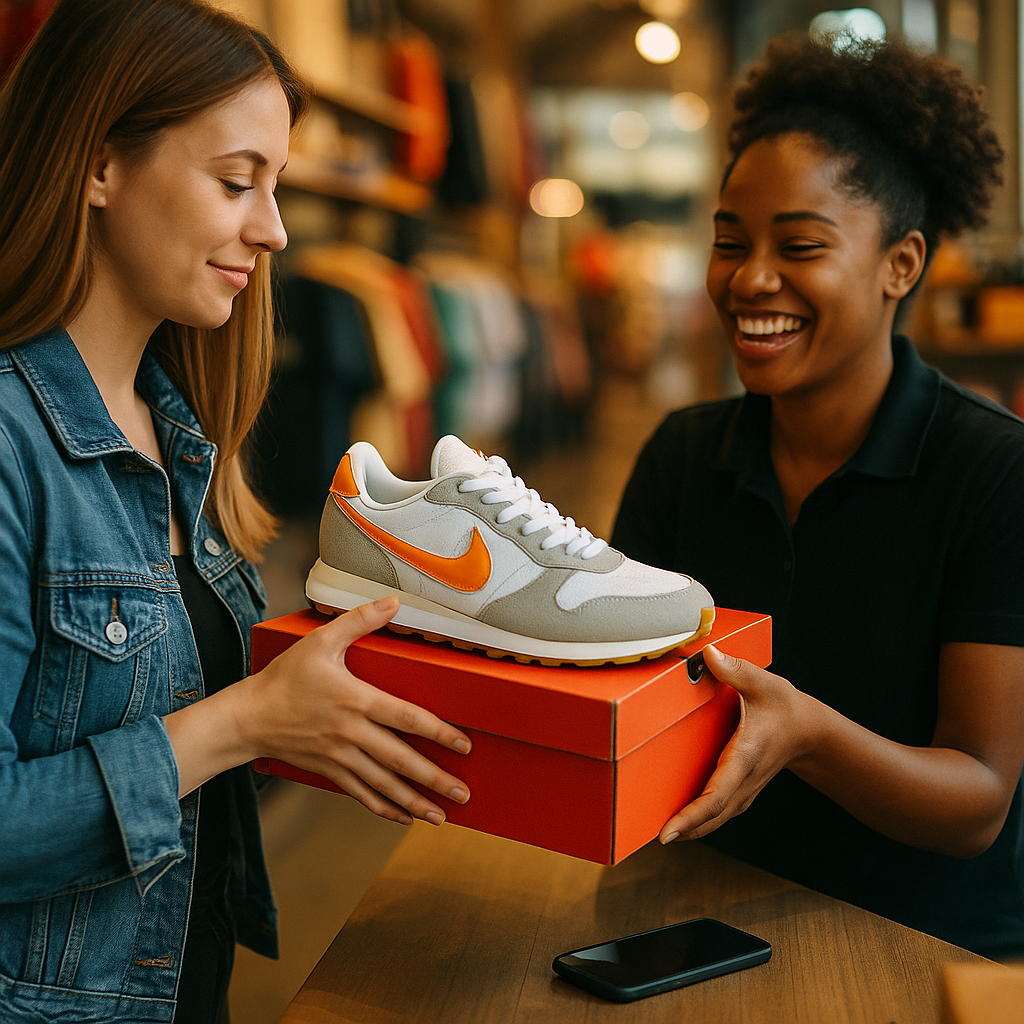In this case study, we examine a successful product seeding campaign that drove retail sales, highlighting effective strategies and measurable results. Brands seeking ways to break through competitive markets can learn from this real-world example. Want to see how strategic product seeding can make a difference in a crowded retail landscape? Read on for insights and actionable tips.
The Power of Product Seeding in Retail Marketing
Product seeding has become a vital retail marketing strategy for brands aiming to increase visibility and drive demand. By distributing free product samples to carefully selected influencers, content creators, or industry insiders, businesses generate authentic endorsements. This word-of-mouth marketing outperforms traditional ads by leveraging trust and credibility. According to a recent Nielsen report, 92% of consumers trust recommendations from individuals over brand communications, underscoring the impact of product seeding on purchase intent.
Campaign Objectives: Setting Clear Influencer Marketing Goals
Every successful product seeding campaign starts with well-defined objectives aligned to the brand’s overall influencer marketing goals. In our case, the client was an emerging natural snack brand looking to:
- Increase retail sales by 25% within three months
- Boost product awareness among health-conscious consumers
- Secure social proof through high-quality user-generated content
- Drive in-store traffic to major retail partners across the United States
Teams set key performance indicators (KPIs) such as the number of user posts generated, engagement rates, and redemption of in-store promotional offers. These clear goals enabled both targeted outreach and precise measurement of the campaign’s effectiveness.
Audience Identification: Targeting the Right Opinion Leaders
Reaching the right audience is paramount in a product seeding campaign. Rather than casting a wide net, the brand focused on micro and nano influencers specializing in wellness, nutrition, and healthy lifestyle content. Recent Statista data shows that influencers with audiences under 50,000 have 60% higher engagement rates on sponsored content, making them ideal partners for authentic product promotion.
The team deployed social listening tools to identify individuals whose followers matched the brand’s target demographics. They prioritized thought leaders with a track record of honest reviews, strong community engagement, and a regional presence in key retail markets. This careful curation ensured maximum relevance and resonance with consumers most likely to purchase the product.
Strategic Outreach and Creative Briefs Drive Genuine Engagement
With target influencers identified, the brand adopted a personalized outreach approach. Rather than mass emails, each creator received a tailored message explaining why they were chosen and how the product fit their lifestyle. Recipients were sent thoughtfully packaged product kits featuring not only the snacks but also talking points, suggested recipes, and in-store discount codes for their audiences.
Critical to the campaign’s success was providing creative freedom while maintaining brand messaging consistency. Influencers were encouraged to share candid experiences in formats best suited to their platforms — from Instagram Reels to TikTok reviews. The brand offered a creative brief with core messaging pillars and sample captions, but refrained from strict scripting. This allowed for genuine endorsements that followers found compelling and trustworthy.
Amplification and Measurable Impact on Retail Sales
The campaign ran over an eight-week period. Influencers posted unboxing videos, snack taste tests, and healthy snack pairing ideas, tagging both the brand and retail partners. These organic endorsements were further amplified through targeted paid social ads, leveraging user-generated content to reach a broader yet still relevant audience segment.
Measurable outcomes validated the approach:
- Retail sales surged 32% at participating stores in the first ten weeks, surpassing the original goal
- User-generated content increased by 280%, fueling the brand’s owned marketing channels
- Social engagement rates topped 7%, nearly triple the food industry average in 2025
- Redemption of in-store offers rose by 45%, boosting traffic to brick-and-mortar retailers
Teams also tracked sentiment analysis to ensure overwhelmingly positive conversations, and surveyed customers to confirm that influencer content directly influenced their in-store purchasing decisions.
Lessons Learned: Building Long-Term Value from Product Seeding
Beyond immediate retail sales, the campaign fostered long-term brand equity. Influencers who participated often continued to mention the brand organically. The influx of new content helped the brand’s digital channels remain vibrant and discoverable, while strong sales data solidified relationships with retail partners and secured expanded shelf space nationwide.
Key takeaways for brands considering product seeding include:
- Focus on micro and nano influencers for authenticity and engagement
- Personalize outreach and provide creative flexibility
- Set specific, measurable objectives to track ROI
- Amplify successful content through both paid and owned channels
- Use follow-up surveys and retail data to measure true consumer impact
Frequently Asked Questions
-
What is product seeding in influencer marketing?
Product seeding is a strategy where brands distribute free samples to targeted influencers or opinion leaders, encouraging them to share honest reviews or experiences with their followers. It generates organic buzz and can drive increased retail sales through authentic recommendations.
-
How do you measure the success of a product seeding campaign?
Success can be measured through retail sales data, user-generated content volume, social media engagement rates, redemption of promotional offers, and sentiment analysis. Surveys can also help attribute purchasing decisions to influencer content.
-
Do you need to pay influencers for product seeding campaigns?
Many micro and nano influencers are willing to post about products in exchange for samples, but larger influencers may require compensation. Budget accordingly and establish clear deliverables based on influencer tier and expected reach.
-
Does product seeding work for brick-and-mortar retail?
Yes. When influencers share content with calls to action that drive followers in-store or redeem offers, product seeding can significantly increase foot traffic and on-shelf product movement, as shown in this case study.
This case study reveals that a strategic product seeding campaign, anchored by authentic influencer partnerships and clear goals, can significantly drive retail sales. For brands ready to stand out in 2025’s competitive market, blending thoughtful outreach with measurable objectives is essential for retail success.
